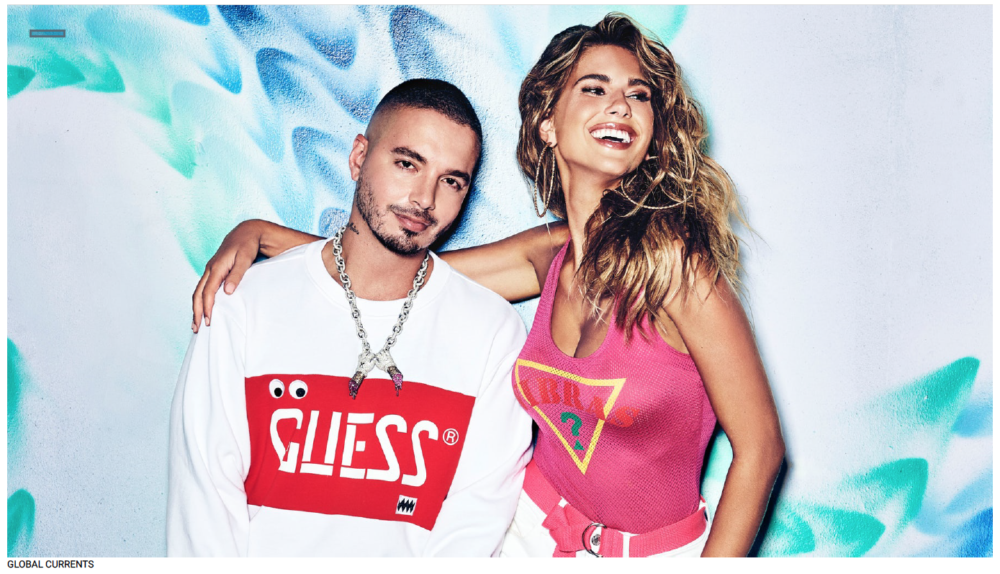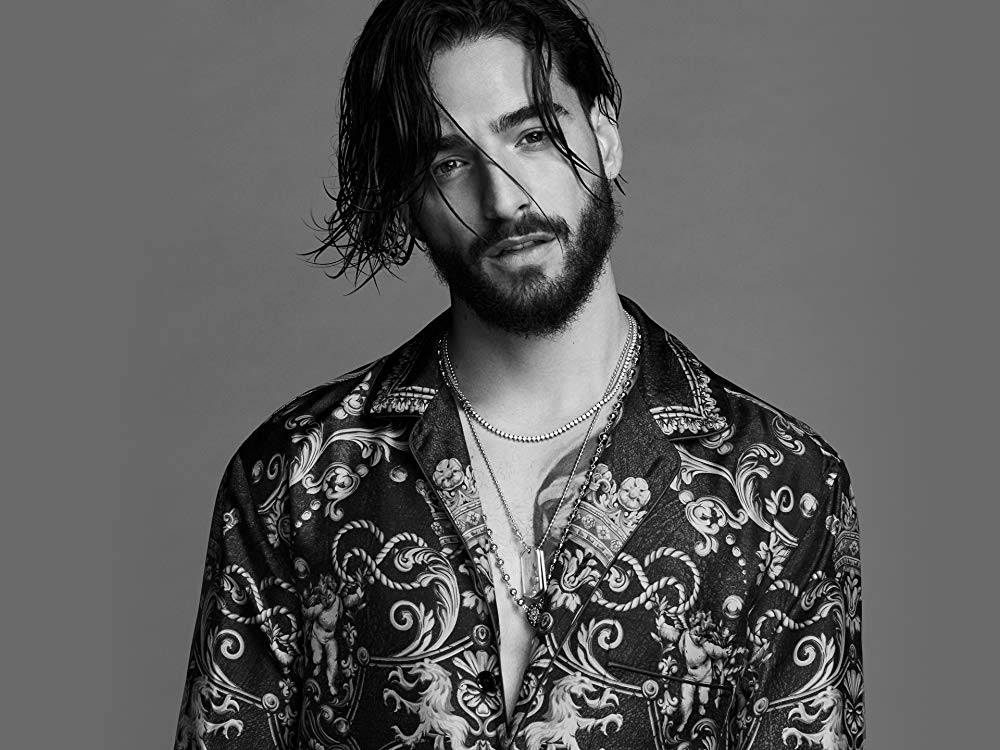In May 2018, Luis Fonsi and Daddy Yankee’s “Despacito” became the first Spanish-language hit to crack the No. 1 spot on the US charts in some 20 years.

By late July, it was the most streamed song of all time. Leaving aside the profound question of whether this pop-chart diversity could somehow be a counterweight to an emboldened nativist movement afoot in the streets, it has definitely been a shot in the arm for reggaetón, the Latin Caribbean’s particular take on dancehall reggae. Mostly centred in Puerto Rico (and New York) the reggaetón sound has, for the most part, been bubbling along off the radar of pop culture since the last time Daddy Yankee cracked the charts circa 2005.
What sort of side effects the shot will have remain to be seen but, if nothing else, let’s take the ubiquity of “Despacito” as a good excuse for a brief history lesson of the sound and its essential tunes, not to mention the different dance cultures that have fed it, from Panama to Jamaica to, um, Bollywood.

At the recent Latin America Grammies eight million viewers tuned in to watch; and all eyes were on Colombian singer J Balvin, who, with eight nods, is the most nominated artist of the night. At 33, Balvin is the face of hottest music genre of the moment — reggaetón, a mixture of hip hop, Latin and Caribbean music often sung in Spanish.
In June, the Latino superstar who boasts collaborations with the likes of Pharrell, Justin Bieber and Beyoncé and whose music videos regularly reach over a billion views, dethroned Drake as the most streamed artist on Spotify.
Balvin’s success has been years in the making. Since debuting over a decade ago in his native Medellin, he has set out on a mission to cross the language barrier and change the often negative and “erroneous” stereotypes of Latinos around the world.
If securing brand endorsements is any measure of creating a successful platform, he is certainly on his way to achieving it. Some of the world’s most coveted fashion and luxury brands are now looking to Balvin and a new wave of reggaetón stars as marketing machines. Brands as diverse as Chanel, Guess and Dolce & Gabbana are now waking up to the influence of these Latin music megastars.
Balvin has secured 11 No. 1 Latin singles, more than 50 million social media followers, and over 10 billion total YouTube views. By bringing American artists to his side rather than appeasing English-speaking audiences like predecessors Shakira or Ricky Martin did, Balvin is showing everyone — artists and audiences alike — a more modern Latin perspective.
“Through the years, Balvin has played an integral role in rapidly changing the entire landscape of pop music as a reggaetón singer, and I’m always inspired and energised to work with these types of creative forces,” adds Marciano, suggesting that it is Balvin’s “tastemaker” status both within and beyond Latin American markets that makes him so attractive.

Meanwhile, another Colombia native Maluma — dubbed the “pretty boy” of reggaetón — has been leveraging fashion to “push his entertainment factor,” says celebrity stylist Irma Martinez, who has worked with Shakira, Ricky Martin and Sofia Vergara among many other Latin superstars.
Maluma’s good looks and charisma, coupled with his Instagram following of 36 million, have made him a Dolce & Gabbana favourite. He not only walked in and performed at their Autumn/Winter 2018 show earlier this year, but the designer duo is providing over 200 looks for his entire tour, a first for an artist of his kind.
The reason that reggaetón is now making waves beyond Latin audiences and rapidly growing in popularity is that it is going through a transformation. The genre’s sound, which draws from Jamaican dance-hall reggae, Dominican dembow and rap, has softened and become more melodic in recent years.
The genre, which is believed to have originated in Panama, draws its original aesthetic from the rough streets of urban Puerto Rico where reggaetón took off in the 2000s.
“As reggaetón was crossing over, it was kind of parallel to rap artists’ style, so it was very much a street-edge look and the branding attached to it,” says Michelle Rivera, who studies the genre as a post-doctoral fellow at the University of Michigan.
Bianchi points out that reggaetón artists are now trying to leave behind that “broken” street image and “make the concept of urban music a lot more stylish,” which he believes comes as a natural result of the genre’s musical evolution.
“In Colombia, they were copying what was happening in Puerto Rico at first,” says Miguel Ortiz, Maluma’s drummer for the past three years. He thinks Colombian artists stood out because “they adapted the reggaetón to [who and what] they were,” adding that “urban music [styles like reggaetón are] todayʼs new pop.”
“I think the fashion industry was definitely tracking that shift,” says Rivera. She explains that the genre’s opening to other forms of expression, “brought those artists into the fold” [which led them] “to start popping up at fashion shows”.
Now, Puerto Ricans are making a comeback on the reggaetón influencer scene.
Last year, Yandel joined the likes of A$AP Rocky, Jay Z and Big Sean as a Puma ambassador, and Nicky Jam became the first Latin music star to be associated with luxury watch brand Hublot.







